It has been more than a week since my last Best Vietnamese Food was published here on this site. I have been preoccupied with blogging about politics with the General Election looming and over the last couple of days; we experienced water supply disruption at our place. Hence, we ate out instead or bought some take away. Incidentally, I went to Palace restaurant for lunch this afternoon and the bowl of miso soup which I had reminded me of the one I cooked about 2 weeks ago which I have yet to post here.
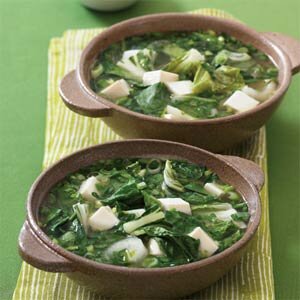
Tofu Soup is a popular and common soup served in Vietnamese restaurants and I believe, probably in Vietnamese pagoda and home as well. Prior to mustering enough courage to cooking this Best Vietnamese Food at home, I have always thought that it would be a difficult soup to cook. Not anymore take a deep breath and listen to me. If you can cook instant noodles, I guarantee 100% that you can able to cook this soup. All you need to do is just to buy soya sauce, dehydrated seaweed and silken tofu and you can whip up this tasty soup in a jiffy.
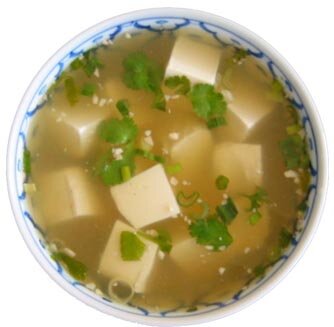
There are hundreds of different types of miso due to miso being made with different combinations of grains and beans, or soybeans only, and different lengths of fermentation time. However, the taste and delicious of this dish depends mostly on soya sauce. So I think the best way to cook this Best Vietnamese Food is searching and finding the soya sauce in some popular restaurant that is well known in making soya sauce. In my opinion, the taste of tofu soup of Palace restaurant is really wonderful due to I may fall in love with the soya sauce there.
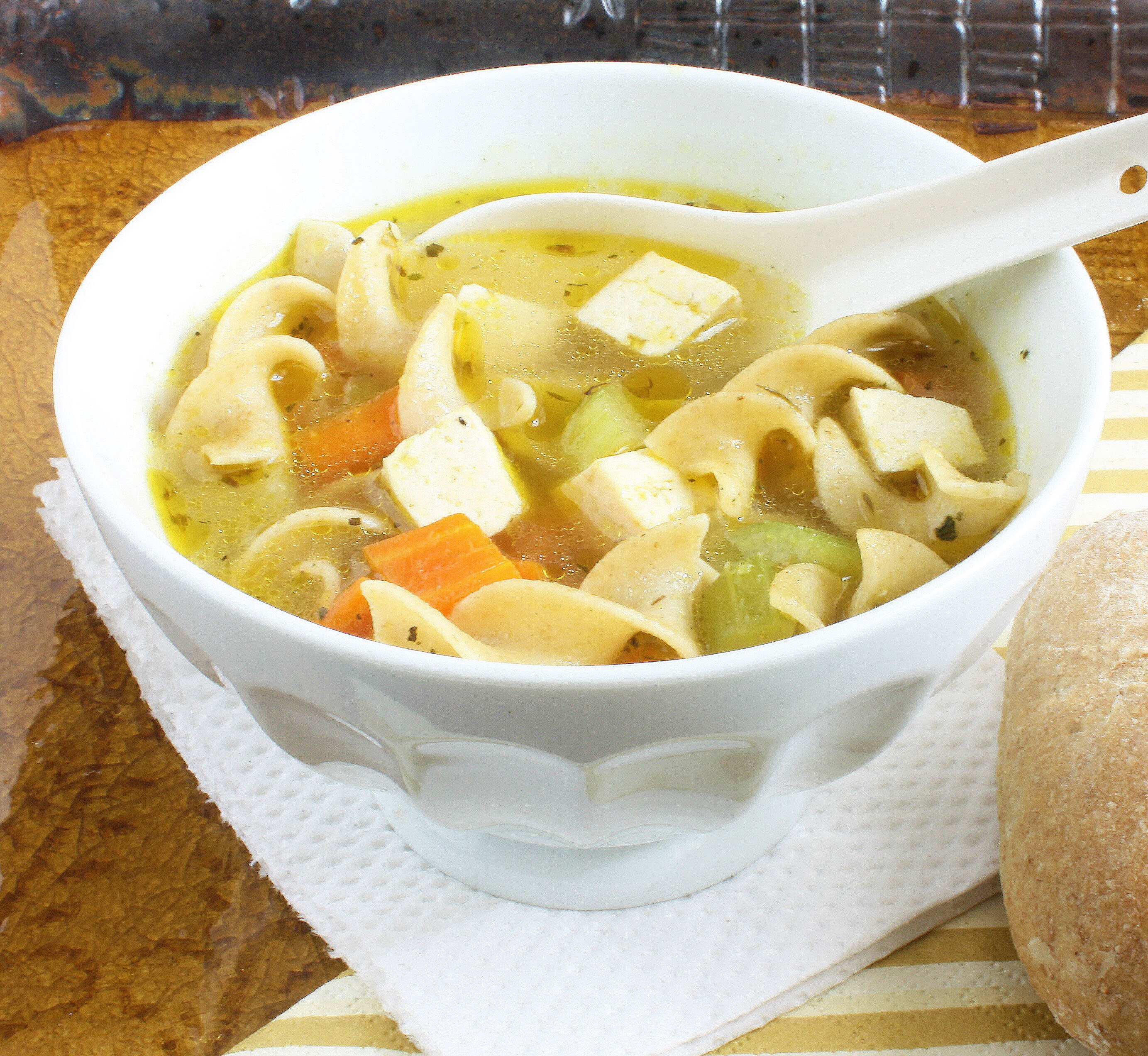
So come and enjoy this Best Vietnamese Food for one day visiting Vietnam. Hope you have a happy trip with your beloved family and friends in my beautiful country.

Tofu Soup is a popular and common soup served in Vietnamese restaurants and I believe, probably in Vietnamese pagoda and home as well. Prior to mustering enough courage to cooking this Best Vietnamese Food at home, I have always thought that it would be a difficult soup to cook. Not anymore take a deep breath and listen to me. If you can cook instant noodles, I guarantee 100% that you can able to cook this soup. All you need to do is just to buy soya sauce, dehydrated seaweed and silken tofu and you can whip up this tasty soup in a jiffy.

There are hundreds of different types of miso due to miso being made with different combinations of grains and beans, or soybeans only, and different lengths of fermentation time. However, the taste and delicious of this dish depends mostly on soya sauce. So I think the best way to cook this Best Vietnamese Food is searching and finding the soya sauce in some popular restaurant that is well known in making soya sauce. In my opinion, the taste of tofu soup of Palace restaurant is really wonderful due to I may fall in love with the soya sauce there.

So come and enjoy this Best Vietnamese Food for one day visiting Vietnam. Hope you have a happy trip with your beloved family and friends in my beautiful country.



.jpg)
.jpg)
.jpg)

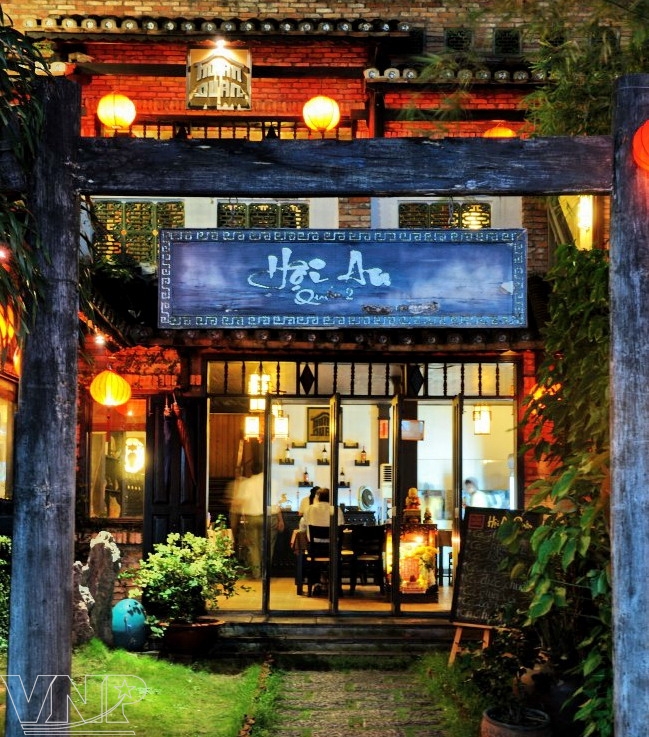
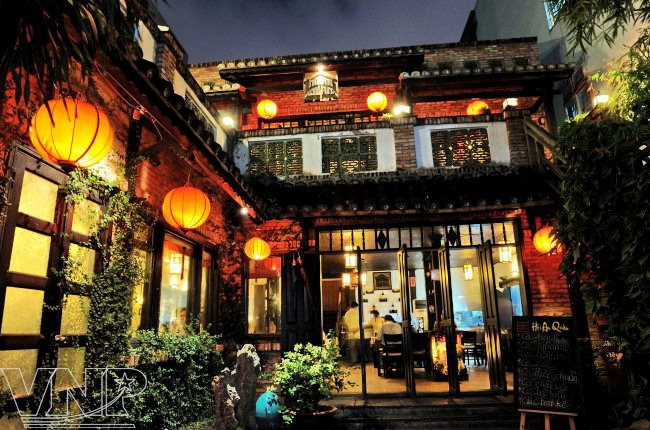
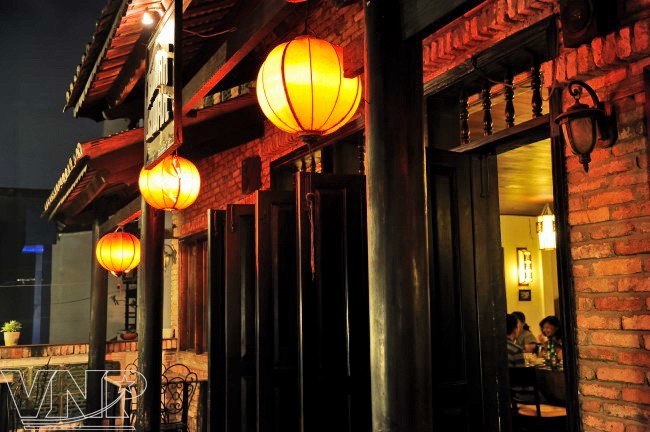
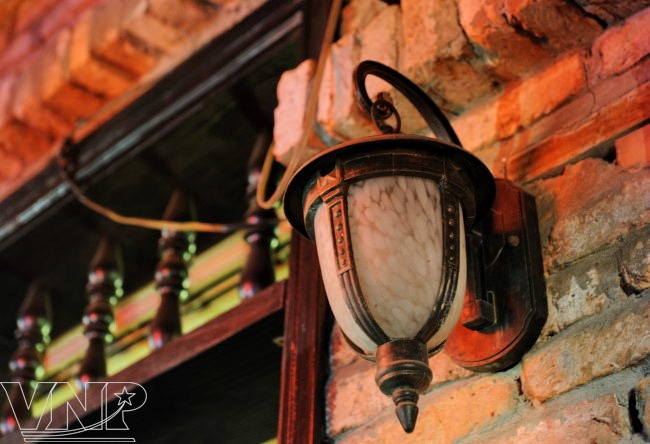


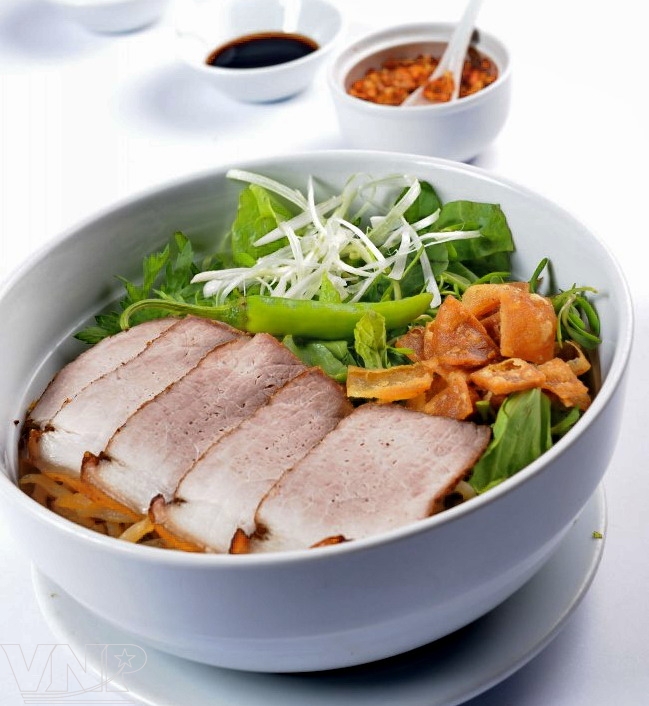
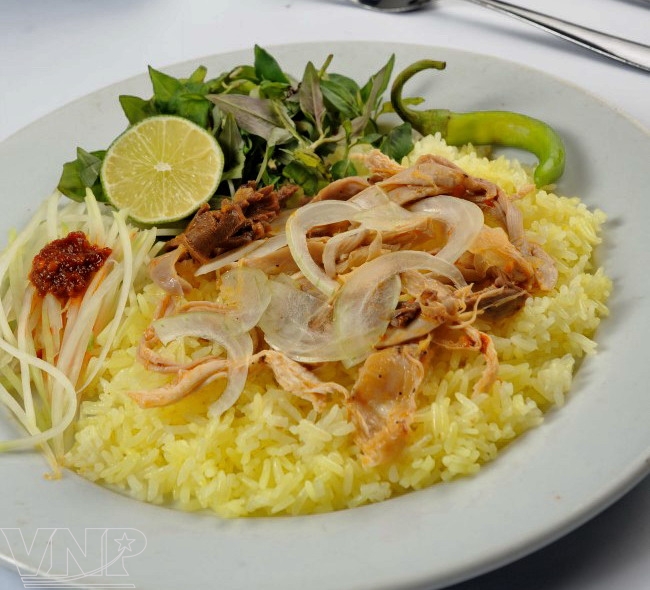
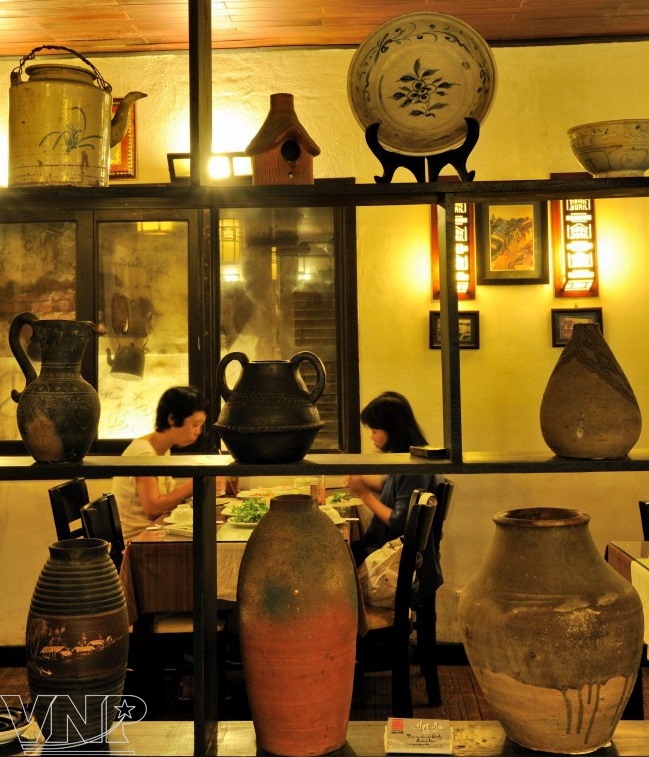
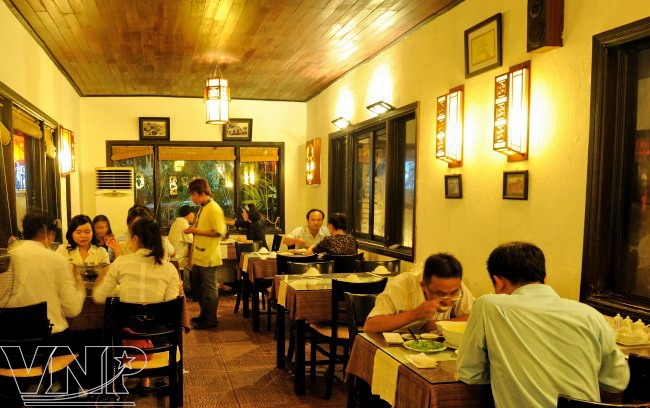
 Seafood Restaurants in Hanoi
Seafood Restaurants in Hanoi






